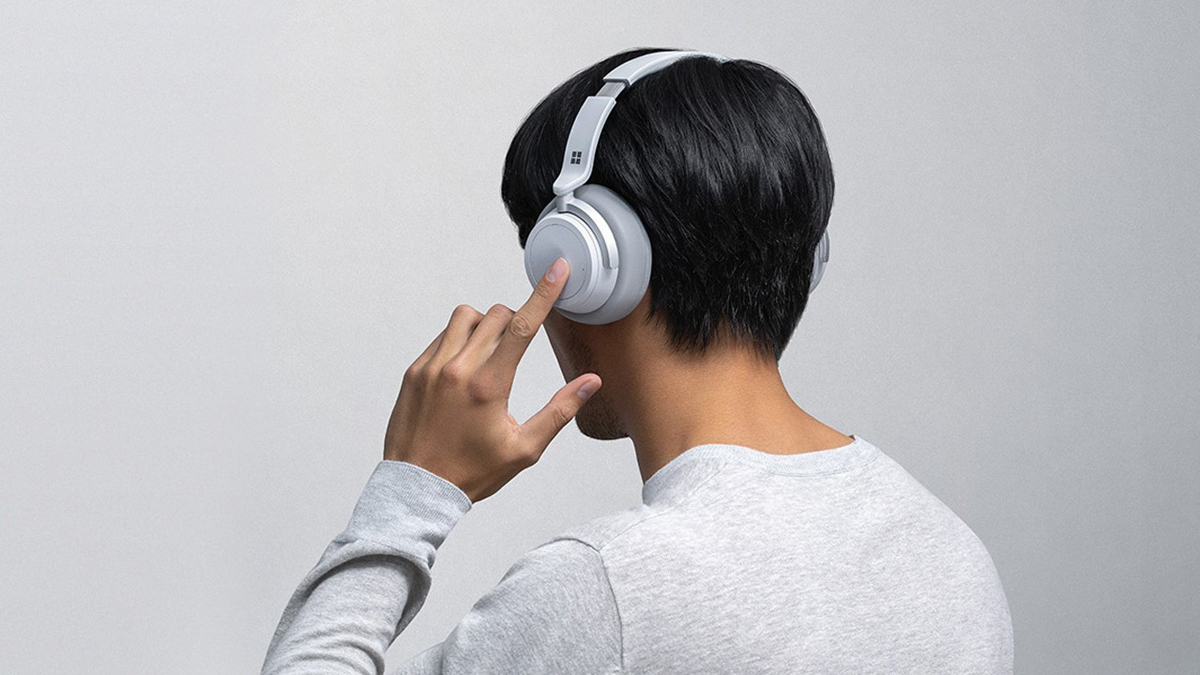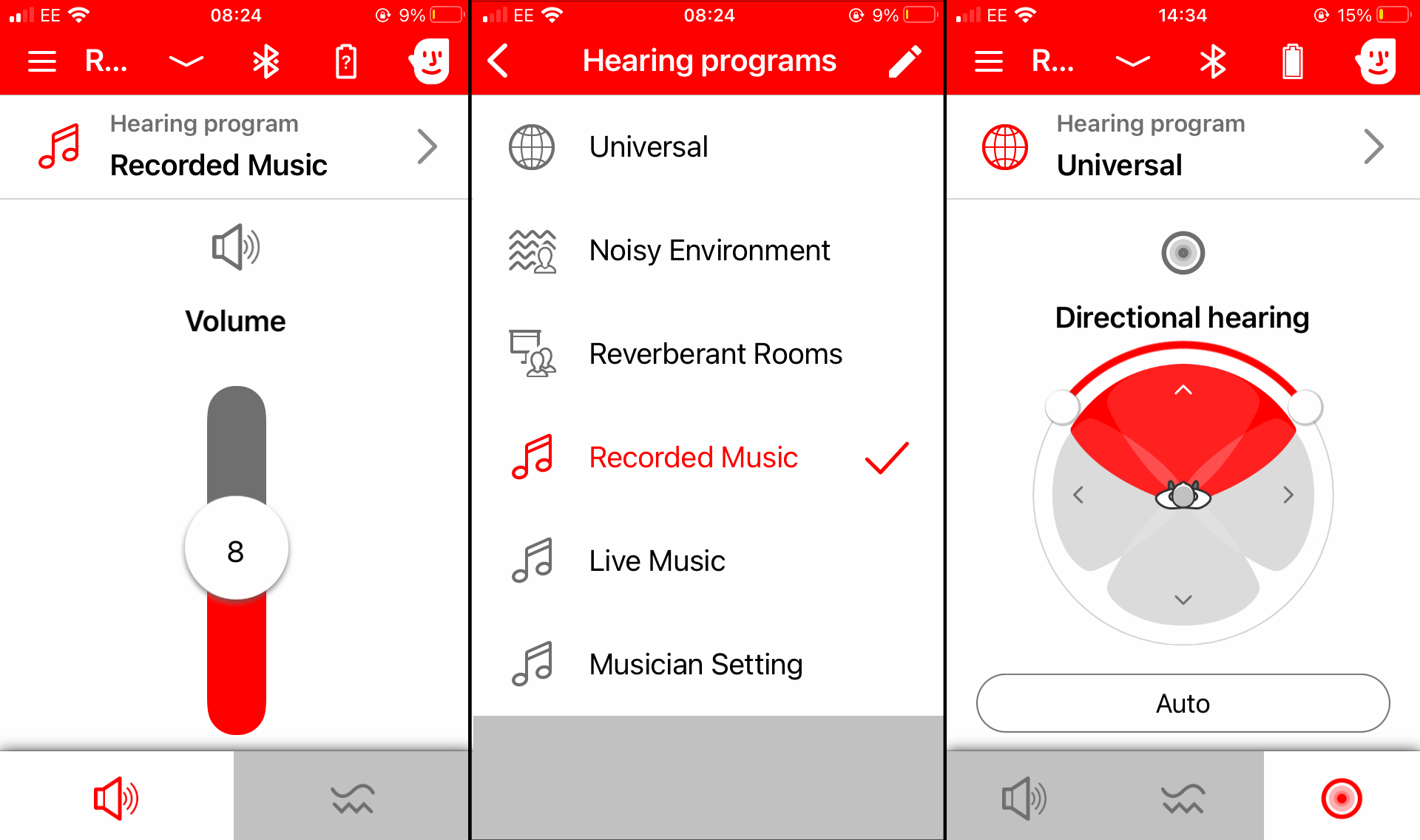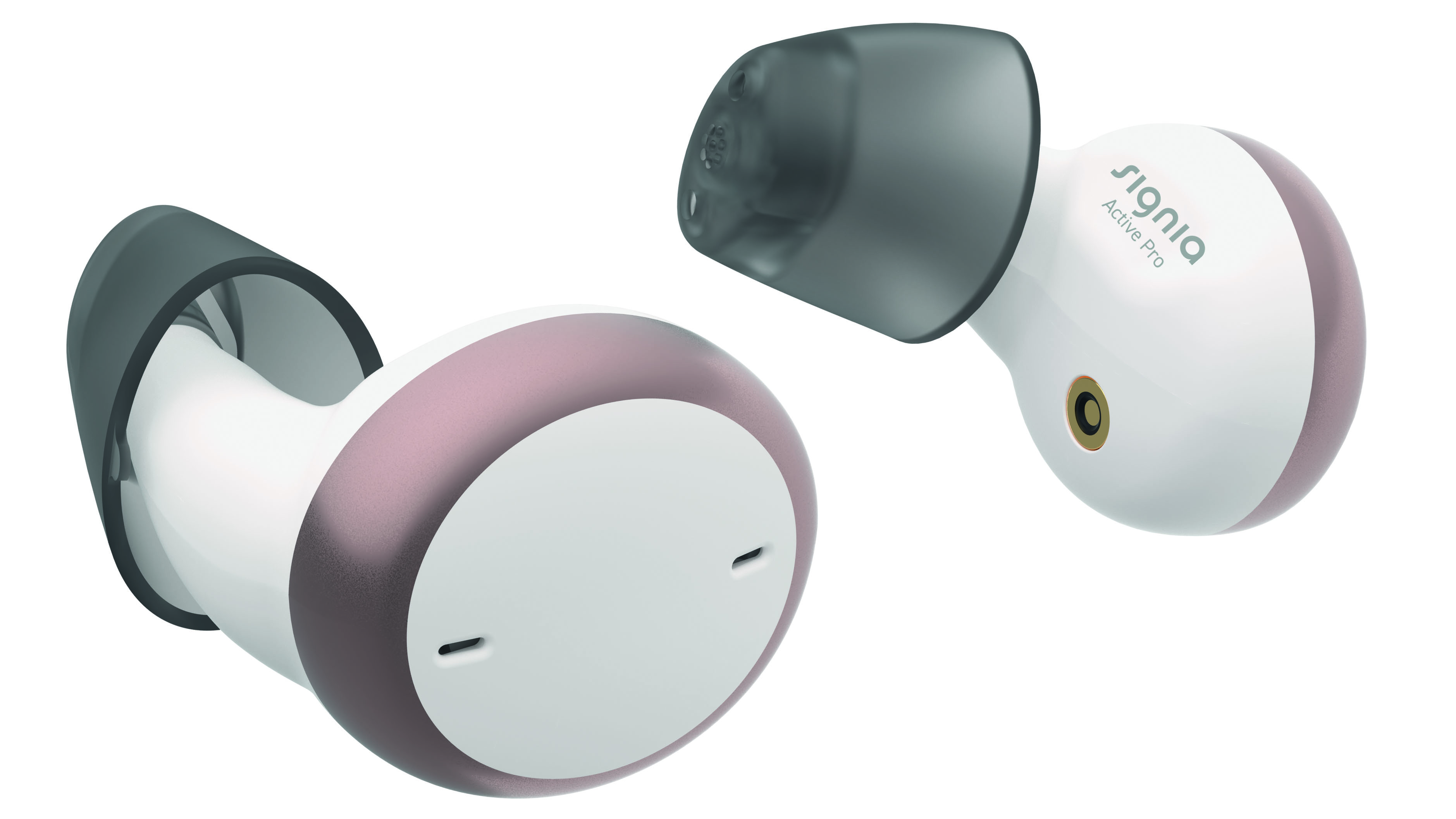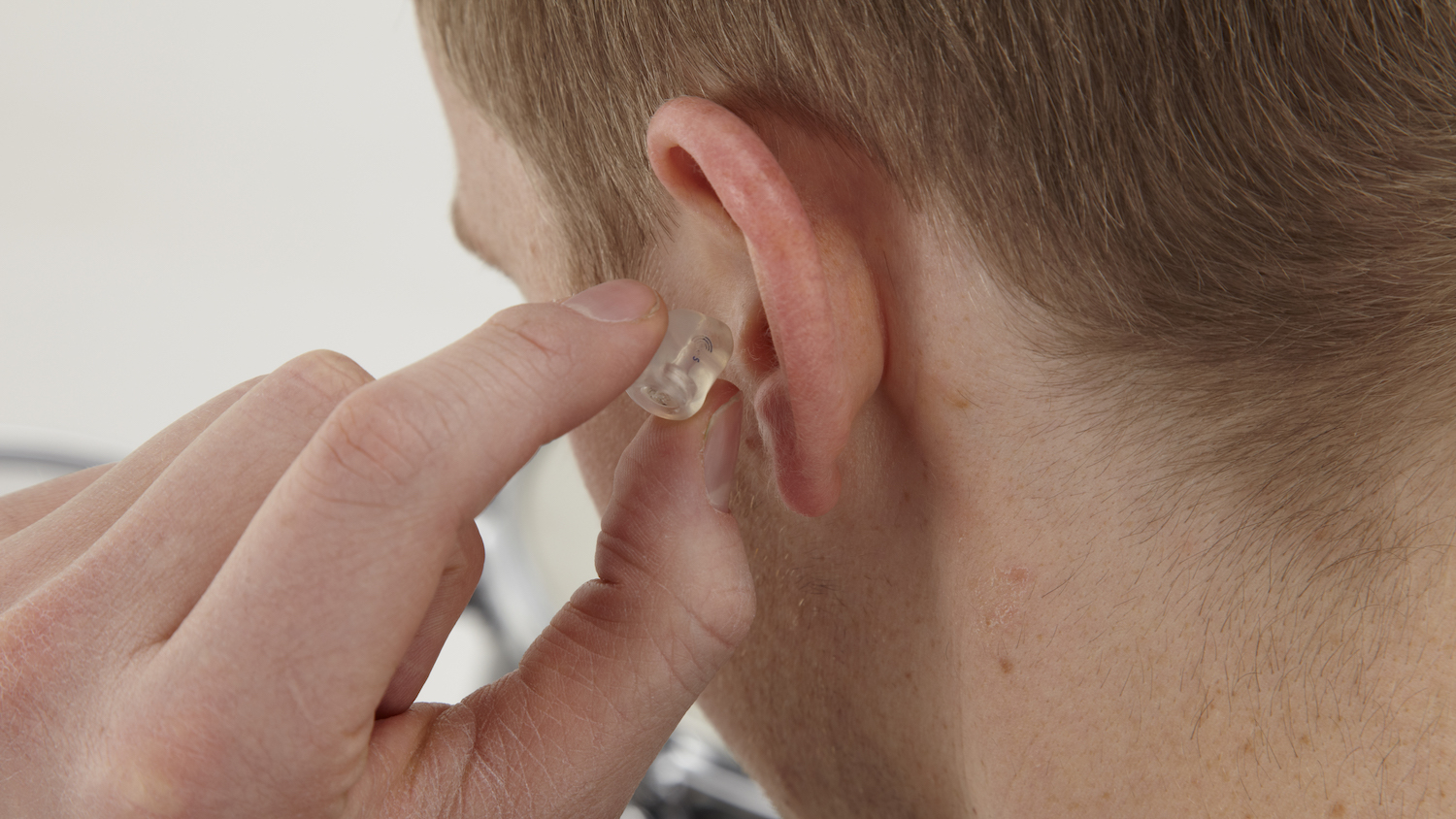MusicRadar Verdict
Signia's Active Pro buds are a gold standard in earbud-style hearing aids. If you suffer from mild to moderate hearing loss and don't have hearing aids, you owe it to yourself to investigate
Pros
- +
Transformative speech and media performance
- +
Highly configurable for different environments
- +
Sleek in-ear looks
Cons
- -
They do take some getting used to
MusicRadar's got your back
What is it?
Normally on MusicRadar we take the reviewer as far out of the gear equation as possible, but just this once you're going to need some background on, well, me. Specifically, my big old, slightly suboptimal ears.

I've had mild bass hearing loss since birth, and in the last few years, there's been a slight but noticeable downgrade overall. Over the years, I've been provided with various hearing aids, but as I've been able to get by fine, they've always looked lovely tucked away at the back of various drawers and cupboards. Sorry about that, audiologists.
Alongside this cunning strategy I've done what anybody sensible would do - turned up the bass, flicked on the subtitles, nodded and smiled vaguely at social gatherings, installed two subwoofers in the van and turned up the bass again.
I do, of course, use hearing protection at band practice and when playing, but over the years, maybe like you, I could have taken better care of my hearing.
And while I've often been accused by colleagues and loved ones of hearing only what I wanted to, there's no denying that lately, like Spinal Tap's audience, my hearing has become ever more selective.
So, maybe now's a good time to investigate options, and delve into the world of hearables and hearing aids.
That catch-all venn diagram of a term covers a convergence of products from hearing aid specialists who are adding streaming, smart phone control and other user-friendly functionality, with consumer headphone brands that are adding amplification and hearing augmentation to their own ranges.
Want all the hottest music and gear news, reviews, deals, features and more, direct to your inbox? Sign up here.
What they generally have in common is an earbud aesthetic that's a world away from the flesh-tone or grey over-ear aids that have dominated till now.
If there were any doubts that this trend was indeed A Thing, they were laid to rest recently when audio and headphone company Sennheisser sold its consumer division to Swiss hearing specialists Sonova. Meanwhile, Jabra has been making waves in consumer audio, thanks in part to excellent noise cancelling and hear-through tech from its parent NG Group, which has a long history in hearing aid design and production.
But for the last few weeks I've been trying out a pair of bonafide hearing aids, rather than pure consumer hearables. Though their slick bud-style looks are definitely part of the pitch. Signia's Active Pro is the hearing aid specialists’ premium offering for those with mild to moderate hearing loss...
Performance and verdict
In use, the first sure sign that we’re operating at the serious, clinical end of the spectrum is the Signias’ almost intrusive fit. Compared to a standard earbud, the Pro Active’s in-ear ‘sleeves’ burrow far further into your ear canal.
Initially, I found this fairly uncomfortable, and it took a change of sleeve size and a couple of days’ wear to really get used to them. After that they feel snug and secure, rather than invasive, but they remain more difficult to put in and remove than buds - once they’re in, they might as well stay in for a while.
So, most importantly, how do they sound when they’re in? First impressions are… disconcerting. Who knew the world was this loud?
On first wear, for instance, what I assumed was a disappointing hiss and rumble in the signal chain was revealed, when I left the room, to be the idling fan on this very mac.
Making a cup of tea sounded less like a well-deserved break than an over-enthusiastically dubbed martial arts dust-up. Overall the world sounded far more reverberant than I’d expected, why was everybody shouting at me, and had I always had the TV and radio this loud? Apparently so.

Like the fit, this initial weirdness subsides after a running in period, especially if you use a series of in-app training lessons, and the intended benefits really come to the fore. As Signia’s audiologist had assured me, it was a question of training my brain to accept this new, unusually audible normal.
I no longer needed subtitles on the TV, and the volume was far, far lower than I’d previously insisted on. Meetings, though largely virtual because of you-know-what 19, were less of a strain, and actual in-the-room group dialogue is much easier to follow.
Discussion outside in a noisy city centre was more of a challenge, as was a highly reverberant restaurant, and the omnipresence of masks is another very 2021 wrinkle. Happily, this is where the Signia app comes into play.
As well as simple volume and tone controls, the app offers significant tweaking opportunities both for you, the user and your audiologist. My instance of the app came preconfigured with personalised listening modes to, for instance, boost bass overall in “Recorded music” and “Live music” modes, while more generic hearing programs like “Reverberant room” take the edge off of specific scenarios. Showing admirable agility Signia have now added a toggleable Face Mask Mode, which processes the signal to maximise clarity in speech.
Directional hearing settings also allow you to focus the sound to a narrow band directly ahead, take in audio from a 360 span, or anything in between.
Other de-rigueur hearable functionality and features include a super-slick charging case capable of holding three full 26 hour charges on the move and, of course, bluetooth streaming so you can listen to music and other media, with hear-through as required. The sound quality in this mode is fine, if not sparkling, for podcasts and casual music, and I did find myself reverting to my standard over-ear headphones for serious listening purposes.
Similarly, listening to music through the Active Pros was fine, but not as transformative as in general use. In short, they were most effective for me in dealing with speech and ambient, environmental sound.
Signia don't provide a list price, as that's ultimately down to the audiologist or vendor you're dealing with, and will vary depending on level of service, testing and program customisation, but this is premium kit; clinical hearing aids, rather than consumer hearables, with a performance and price tag to match. Expect to pay north of $2000/£2000 per pair.
That's a serious investment, of course, but far from unusual in the world of hearing aids, and if you are in the target mild-to-moderate loss range, a pair of Signia Active Pros could be a life-changing one.

I'm lucky enough to be MusicRadar's Editor-in-chief while being, by some considerable distance, the least proficient musician on the editorial team. An undeniably ropey but occasionally enthusiastic drummer, I've worked on the world's greatest music making website in one capacity or another since its launch in 2007. I hope you enjoy the site - we do.

